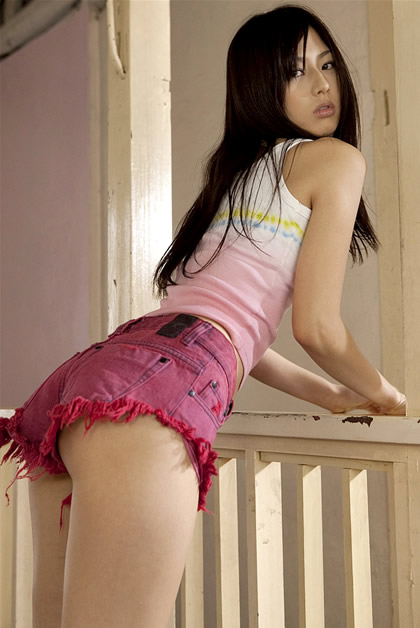 |
| Ugliness |
Aesthetics has often been described as the philosophical study of beauty and “ugliness.” It is important at the outset to see what is involved in this familiar definition, for it embodies a view of ugliness and of its role within aesthetic theory that has been the major source of contention in historical debates on the concept.
The first thing to note about this view is that it takes ugliness to be a category that properly falls within aesthetic theory. Ugliness designates aesthetic disvalue as beauty designates positive aesthetic value.
The two therefore constitute a value polarity analogous to right and wrong in ethics or to truth and falsehood in epistemology. Just as the field of ethics comprises responsible human actions of which some are evil and blameworthy, so, among perceptual objects, there are some that have negative aesthetic value.
 |
| characteristics by virtue |
This does not mean that such objects simply lack the characteristics by virtue of which things are beautiful; it means, rather, that they possess recognizable properties that are the opposites of those found in beautiful objects.
The relation between beauty and ugliness has commonly been conceived in hedonistic terms, that is, whereas a beautiful object is a source of pleasure in the spectator, an ugly object arouses its opposite, pain. Plato, in numerous instances, takes beauty to be characteristically pleasurable (Hippias Major 297–299, Philebus 50–52, Laws II).
Aristotle perpetuates this view, and in his study of specific art forms (notably tragedy) he holds that it is the proper function of these forms to create pleasure. Yet it is clear in his classic Poetics that he is troubled by the seeming conflict between this view of art and the empirical fact that works of art often represent objects and events that are ugly.
 |
| Aristotle |
Aristotle raises the question first in regard to the type of visual art that depicts things “which in themselves we view with pain” (IV). He does not doubt, however, that the painting itself arouses pleasure, a phenomenon that is explained by our intellectual interest in recognizing the object.
Comedy, moreover, “imitates” men who are ignoble and therefore ludicrous; and though this is a kind of ugliness, the comedy is, for reasons that Aristotle does not specify, kept from being painful (V). Finally, though the protagonist is a good man who suffers adversity, tragedy is not merely shocking (XIII).
Thus Aristotle initiated the controversy over the “paradox of tragedy” that has survived to the present day. As has been shown, this paradox is not the sole instance of the problem of ugliness in art, but it states the problem most acutely, both because tragedy is almost the only artistic genre whose subject matter is necessarily sorrowful or pathetic and because of the preeminent value that has traditionally been claimed for works in this genre.
 |
| evil and suffering |
Why do we esteem narratives of evil and suffering? The poetic values of tragic literature, the ennobling courage of the hero, the insight and wisdom gained by the spectator—these are among the usual solutions of the paradox.
All of them consider the ugly as only a single aspect of the work of art, for they all undertake to show that within the work as a whole the ugliness is somehow transcended. Hence they presuppose that some objects, such as the preartistic model of tragic plot, are “painful in themselves,” and therefore ugly.
Throughout aesthetic theory, ugliness is discussed mainly by those philosophers who deny precisely this assumption. They wish to hold that ugliness does not exist, and since their thesis runs counter to ordinary belief, they are constrained to justify it. In Augustine, the unreality of ugliness is enjoined by his most fundamental philosophical doctrines.
 |
| value and disvalue |
Stated theologically, the world and everything in it have been created by an infinitely good God, as an expression of his goodness; stated metaphysically, existence is not neutral with respect to value and disvalue, but is rather an embodiment, through and through, of positive value. In such a worldview, the apparent presence of evil of any kind poses a problem, and Augustine considers sin and blindness just such problems.
But aesthetic disvalue is a particular issue for him because his conception of reality is conspicuously aesthetic. All things are images of the ideas of form and harmony that exist in the mind of God, and together they make up an internally ordered unity. The categories of Greek aesthetic theory are thus writ large in his metaphysics.
To say that a thing can exist at all only if it possesses form, and that, indeed, its existence cannot be conceived of apart from form, implies the solution of Augustine’s problem.
 |
| positive value |
Objects are beautiful by virtue of their form, but if this is so, then ugliness does not exist, since sheer formlessness cannot exist. The opposite of beauty is not anything real, but merely the absence or “privation” of positive value.
But now the argument seems to prove almost too much, for it appears to deny the possibility of the very facts—that is, apparently ugly objects—which gave rise to it in the first place. Augustine therefore employs the notion of “degrees” of value characteristic of metaphysical optimism and idealism.
An object may not have the form appropriate to things of its kind, but this lack constitutes a relative deficiency of beauty, not sheer ugliness. Moreover, such objects must be seen not in iso- lation but as parts of the universe as a whole.
 |
| beauty of the world |
Seeming ugliness sets off, and thereby enhances, the beauty of the world. Augustine uses the same argument in the case of objects, such as dangerous animals, which are not in any clear way lacking in form, but are considered ugly because they are displeasing or offensive to the sight.
However, when “form” has been construed less broadly than it was by Augustine, it has been used to differentiate beauty from genuine ugliness. During the sixteenth and seventeenth centuries, numerous treatises were devoted to particular arts, on the model of the Poetics. The properties of form that a work must possess in order to achieve beauty are specified precisely and narrowly.
These include the “unities” in drama (Pierre Corneille) and the “correct” anatomical proportions in the visual arts (Albrecht Dürer). A work of art that lacks these properties is still recognizably a drama or a sculpture and therefore has some organization or structure.Yet it is not only deficient in beauty but really ugly.
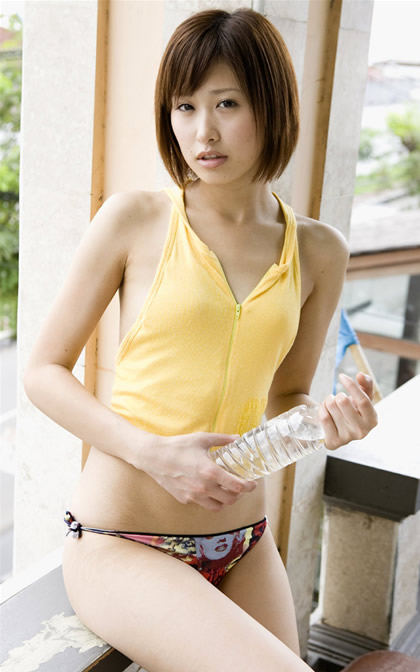 |
| hedonistic theory |
This assured and unequivocal way of distinguishing ugliness was called into question, however, by the rebellion against the “rules” of form that was carried on throughout the eighteenth century. The rules were found to be too parochial and constricting. Yet the distinction between beauty and ugliness might still have been drawn, by reference to felt experience rather than to the object, if the hedonistic theory of value had been consistently preserved.
But examination of aesthetic experience (of the sublime) reveals that it engenders feelings that are akin to pain. Sublime objects are overwhelming, menacing, intractable to understanding and control. And yet such experiences, because they are intensely moving, are of great value.
Thus, both formalism and hedonism, which had traditionally sustained the duality of beauty-ugliness, are impugned. More fundamentally still, the eighteenth century first established aesthetics as an autonomous and systematic discipline. The question “What counts as a properly aesthetic phenomenon?” was then raised explicitly for the first time.
 |
| aesthetic disvalue |
The answer to this question, as we shall see, ultimately determines whether ugliness is a category of aesthetic disvalue. In all these ways, the eighteenth century provided impulse and direction to the vigorous prosecution in recent thought of what was first called, at the close of that century, “the theory of ugliness”.
According to two of the most influential answers to the question raised above, the aesthetic is to be found either
- wherever some conceptual theme is embodied in an object that can be grasped by sense and imagination or
- wherever some sensory structure expresses to the observer its distinctive feeling-quality. Any object of either kind is said to possess beauty. Ugliness, traditionally, is the “opposite” of aesthetic value.
 |
| emotional tone |
Such objects, however, do not exemplify aesthetic disvalue; rather they fall wholly outside of the realm of the aesthetic as it is defined according to this theory. In the second case, similarly, a thing completely lacking any emotional tone—if any such thing exists—is simply non-aesthetic.
This conclusion, however, fails to take into account ugliness in the usual sense—that is, what we perceive as being displeasing or revolting.W. T. Stace, a recent exponent of the first theory mentioned above, which he took over from G. W. F. Hegel, suggests that what is thus excluded from the aesthetic should be called “the unbeautiful”— “the mere negative absence of beauty”—rather than the ugly. Ugliness itself is a “species” of beauty that is present whenever such concepts as evil and disaster enter into the aesthetic object.
The pain that such concepts arouse in us is moral, not aesthetic, and it is usually overcome by the aesthetic pleasure we gain from the total object. Bernard Bosanquet develops the second theory, derived from Benedetto Croce, by arguing that most of what is usually found to be ugly is deemed so because of “the weakness of the spectator.”
 |
| Benedetto Croce |
Either the work of art makes very great demands on his emotional capacities or, as in satiric comedy, it offends his moral beliefs; the “weakness,” however, is remediable. Such a work of art is therefore more properly considered an instance of “difficult beauty” than of ugliness.
Are there any objects at all that come within the realm of the aesthetic and are genuinely (or, as Bosanquet says, “invincibly”) ugly? Bosanquet is “much inclined” to think that there are none. Given his view that the expressive is the aesthetic, and that “every form expresses” and is therefore beautiful, it is difficult to see how there could be any such object.
He holds, however, that ugliness is to be located in what is only incipiently and partially expressive, that is, in a work of art that suggests some feeling but does not coherently elaborate and fulfill the suggestion, as in sentimental or “affected” art.
 |
| traditional polarity |
The traditional polarity of beauty-ugliness marks the distinction between aesthetic value and disvalue. Both the above theories conceive of the aesthetic in such a way that they leave little or no room for disvalue. Yet both Stace and Bosanquet regard the aesthetic experience as pleasurable.
At the same time, they want to make room for art that is tragic, demonic, “difficult” (Stace, for example, cites the sculpture of Jacob Epstein). Therefore, as has just been shown, they seek to reconcile the painfulness of such art with the positive value that it necessarily possesses as an aesthetic object.
In the case of Bosanquet, however, the question should be raised whether the expression of feeling is universally accompanied by pleasure. Historically, the concept of “expression” has tended to accommodate emotions of every kind within art, even those, as in an art of violence or outrage, which are “darkest.”
 |
| artistic expression |
Successful artistic expression can render such emotions more, rather than less, concentrated and painful, and if it be urged that pleasure is taken in the unity and power of the artist’s conception, there are, according to Bosanquet’s theory, many nonartistic aesthetic objects that are intensely expressive and for which this explanation will not hold.
Since there is no necessary or logical connection between “expression” and “pleasingness,” it must be decided empirically whether, even when “the weakness of the spectator” is overcome, his experience of the expressive object has a positive hedonic tone.
Stace’s view that the painfulness of the theme of a work of art is moral, not aesthetic, seems more like definitional legislation than an insight into aesthetic experience. Moral perplexity and frustration are integral to such art as tragedy, and their painfulness enters into our perception of the total work of art.
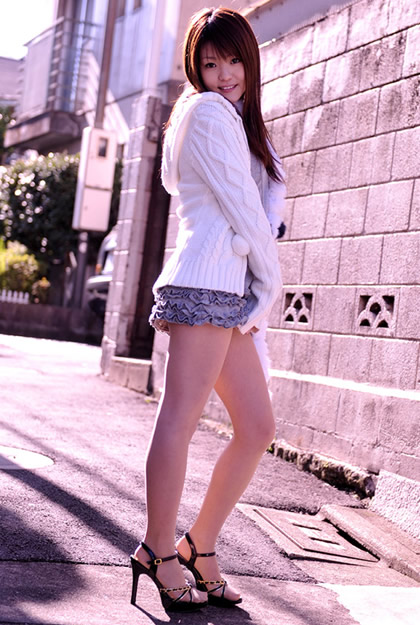 |
| defense of hedonism |
Stace’s view, too, is a defense of hedonism. Yet there is no reason a priori to hold to hedonism in aesthetics, and indeed these difficulties cast doubt on such a theory. The term ugliness, in the sense of what is preponderantly painful, may still be used to designate one kind of aesthetic object without any implications of disvalue.
So considered, “X is ugly but aesthetically good” is not self-contradictory and may indeed be something that we want to and have to say. Those modern artists who have vigorously repudiated the pleasingness of beauty as the goal of their creative efforts have made this way of speaking sound less implausible than it once did.
The graver and more basic question is whether ugliness, in the broader sense of negative aesthetic value, is, for aesthetic theory, otiose. Doubtless, we also want to say sometimes that the work of art is bad.
 |
| Bosanquet |
Bosanquet, however, takes genuine ugliness to be at least partially expressive, and if we follow this lead, badness must be construed as a deficiency or relatively slight degree of aesthetic goodness. The work achieves less than it promises, the nonartistic object is lacking in vitality or charm.
According to this view, then, there is no opposite to aesthetic value, but only, as Augustine said, a “privation” of it. On the other hand, this may be thought to be a gratuitous misreading of those properties that are commonly held to constitute ugliness or that are adduced as reasons for judging a thing ugly.
Muddy orchestration or incoherent plot structure are, significantly, opposites to orchestral clarity or unity of plot, and they are equally real and present to awareness. In the absence of compensating virtues, objects that possess them are “positively bad.”
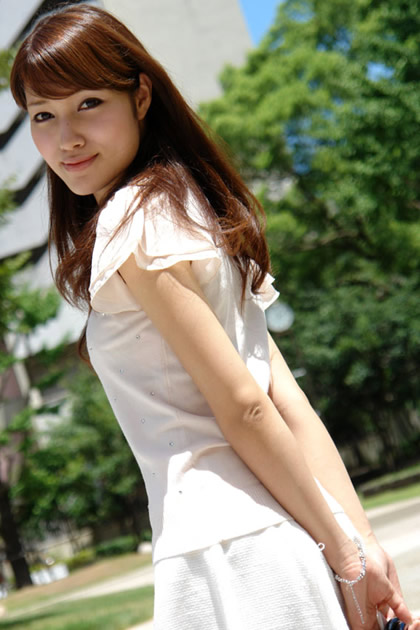 |
| explanation lies |
No matter whether the denial of negative value should, finally, be tolerated or rejected, it is fair to say that this denial is less vexing in aesthetics than in ethics or epistemology. The explanation lies, in large part, in Bosanquet’s notion of “the weakness of the spectator.”
The determination of beauty and ugliness is much more closely tied to the perceptual and emotional capacities of the spectator and to the attitudes that affect them than it is to moral and cognitive values.
This leads us to think that the experience of negative value (though not that of positive value) results from a failure to see what is yet there to be seen. Thus, the transvaluation of what had previously been accounted ugly, which is endemic to the history of art and taste, is characteristically credited with being an enlargement of sympathy and a refinement of discrimination.
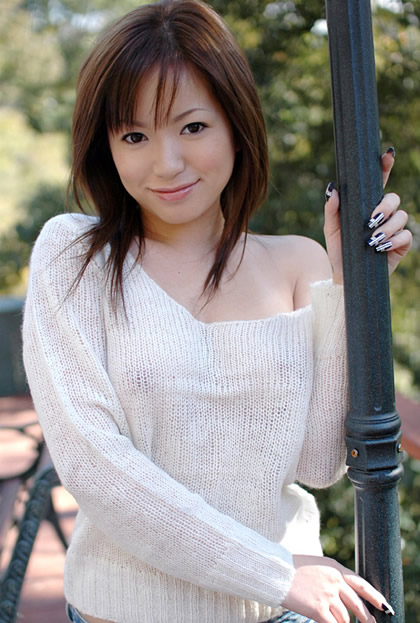 |
| moral judgments |
The more obdurate cognitive and moral judgments of falsehood and evil, however, are not characteristically altered in this way. Can any limits, therefore, be set to what sensibility finds to be aesthetically good?
To define the field of the aesthetic in such a way that all things are seen to possess positive value formalizes the endless catholicity of aesthetic interest. Freed from the exigencies of morality and the biases of perceptual habit, the aesthetic approach to the world, at the hypothetical limit, fixes upon any tone or shade the quality of any ambience.
In John Keats’s words, it “has as much delight in ... an Iago as an Imogen.” But if everything engages and rewards aesthetic perception, then either “aesthetic disvalue” is a self-contradiction or else it denotes nothing.
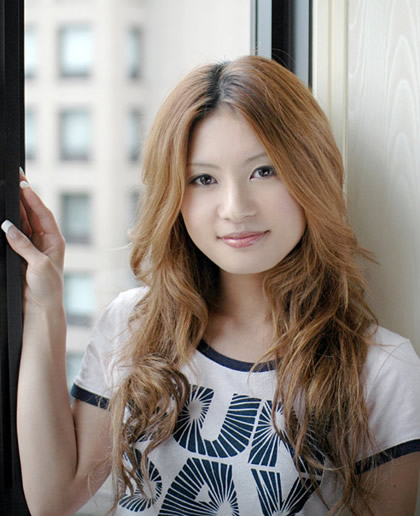 |
| John Keats |